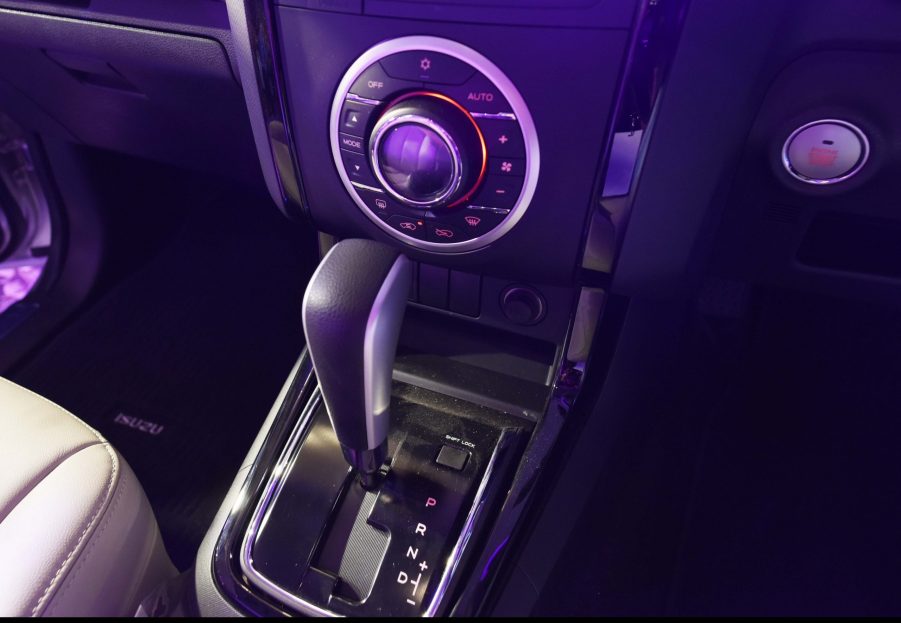
A CVT Transmission Can Be Really Weird If You’re Not Used to It
“Shift, car! Shift!” my friend exclaimed as she floored her Toyota Highlander Hybrid onto the freeway. “It doesn’t have any gears,” I told her. “It has a CVT.”
It occurred to me that my friend had no idea what that meant and there are probably many other drivers with CVT-equipped cars that have no idea either. If your car has a CVT, or if you’re planning to buy a car equipped with one, then here is what you can expect from it.
What is a CVT?

For the unfamiliar, a CVT is a “continuously variable transmission.” It’s called that because it uses two pulleys – driven by a belt – to seamlessly change through infinite gear ratios while you drive, unlike a traditional geared transmission that usually only has five or six gears to go through.
Due to this seamless transition between infinite gears, Car and Driver notes that the CVT has also been commonly referred to as a “single-speed,” “shiftless,” or “stepless” transmission. You probably won’t notice much of a difference when driving around town. However, upon harder acceleration, like when getting onto the freeway or passing a car at speed, the CVT will keep the car pegged at a really high RPM, which may be out of the ordinary for many drivers that are used to geared transmissions.
In reality, this shiftless nature of the CVT makes acceleration from a stop much smoother and allows for better fuel economy, since the car’s engine is always in the optimal RPM range as you drive.
Driving a car with a CVT is not rocket science
While the inner workings of a CVT may seem like rocket science – or transmission science – driving a car with one is not. Just like any normal car, you put step on the brake, shift the car into “D,” and drive. However, here are a few tips that will allow any driver to drive a CVT-equipped car more efficiently.
- Keep your throttle inputs steady: A CVT will do its job to accelerate the car as smoothly as possible, but if you want to ensure maximum fuel efficiency, then it’s helpful to press on the throttle pedal with a steady foot. Car Wale notes that irregular throttle inputs can hamper the car’s fuel efficiency and make for a jerky ride.
- Don’t drive too aggressively: Driving aggressively with a CVT will hinder the car’s fuel efficiency by up to 33% because the engine will be pegged at the high RPM range. This can not only hurt the car’s overall gas mileage, but it can also hurt the engine over time.
- Plan your passes: Keep in mind that CVTs are meant for smooth driving and fuel efficiency, so they are not that quick to respond when you have to stab the throttle to pass a car at highway speeds. In these cases, remember that it could take an extra second for the car get going, so you should plan accordingly.
- Spend time behind the wheel: If you just purchased a car equipped with a CVT, then it may take some time to get used to the way it works. Make sure to spend some time driving the car at different speeds – especially going uphill – so that you can get familiar with its single-speed operation.
If you buy a used car with a CVT transmission, here’s what to look out for

A CVT can undoubtedly make for a fuel-efficient driving experience, however, if you’re planning on buying a used car with a CVT, then here are a few things to look out for:
- Strange sounds: If you test drive a used car and notice any whining or humming noises when accelerating, then that’s a red flag.
- Slipping: Upon accelerating, if you notice the transmission slip or the car loses power, then it could have a faulty CVT.
- Inconsistent RPM: Since CVTs keep the engine at a constant RPM, any fluctuations can mean that the transmission is faulty.
CVT transmissions are unique but efficient
Ultimately, while CVTs are unique in their operation, they do a lot in terms of getting the best fuel efficiency possible. After all, that’s why automakers like Jeep, Honda, Toyota, Nissan, and many others utilize these transmissions in all of their popular models. Just remember, it may take a little time to get used to a CVT, so don’t be surprised when you get onto the freeway and expect it to shift gears. Technically speaking, it won’t.



